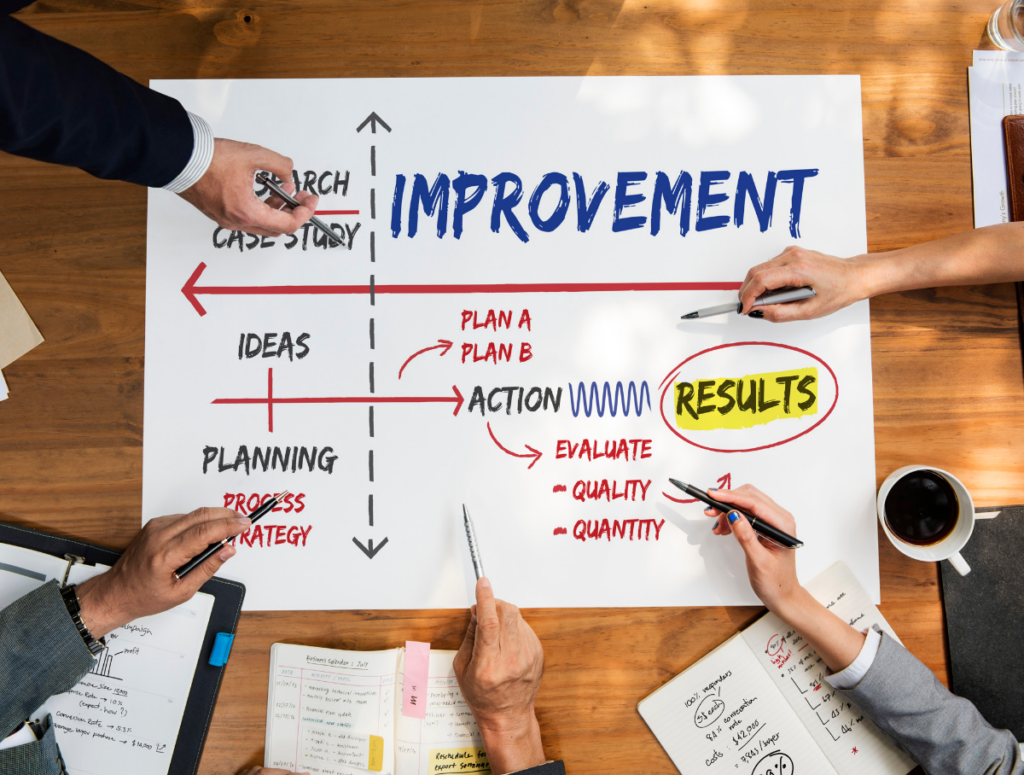Table of Contents
ToggleAgile and Waterfall are two important and industry-recognized methodologies used for handling business-critical projects. Both Agile and traditional waterfall way of managing projects have their pros and cons. However, the basic difference is that Agile motivates the team to work simultaneously on various phases of the project, while Waterfall is a system of working that needs the team to finish every phase of the project before moving to another one.
If you are working in the project management domain, then you are surely aware of the competition between the Agile methodology and Waterfall methodology in terms of adoption rates across sectors. Usually, the newer generation opts for Agile, whereas the older gen, who are still part of the existing workforce, prefer tried and tested Waterfall method to manage projects.
Based on the poll of trustradius.com 2019, Fewer than one in every five experts indicated their company employs the waterfall process. Instead, 81% claimed their organization employs the Agile methodology.
Agile Methodology
The Agile methodology is a process of managing the project by dividing it into several phases. It involves collaboration with stakeholders and improvement and changes at every stage. Once the project begins, the team cycle works through a process of evaluating, planning, and executing. Agile project management aims to constantly improve a project throughout its life cycle, with modifications made in an effective and timely manner.
Agile approaches help organizations deliver value to clients more quickly and with fewer complexities by managing projects and developing software iteratively. An agile team’s approach is to produce work in small yet consumable increments rather than betting everything on a “big bang” launch. Teams can respond to change on time as a result of regularly analyzing needs, plans, and results. Agile is easy to understand with our training courses. Our industry experts will teach you from basic to advanced and master you in this field.
Pros of Agile
- The agile concept allows clients or stakeholders to provide feedback to the project team, which aids in a better understanding of the client’s demands.
- The Agile Model is best renowned for its versatility, as it is ideally suited to changing consumer needs.
- The entire process is transparent, allowing stakeholders and team members to understand what is going on in the project.
- In an Agile project, testing is done continuously and concurrently. This aids in the early detection and correction of defects, hence improving the quality of deliverables.
- Because the model focuses on commercial value, the most critical portion of the project for the client might be delivered first.
Cons of Agile
- The Agile Methodology is ineffective for small development projects.
- When compared to other development approaches, the cost of implementation for Agile projects is higher.
- In comparison to the Waterfall Model, the technique lacks an appropriate structure. As a result, the project becomes difficult at times, necessitating the management of a highly qualified workforce.
- It necessitates a team that is well-versed in all Agile ideas, as the methodology needs a great deal of commitment and discipline.
Waterfall Methodology
The Waterfall Methodology was the first Software Development Life Cycle approach to software development. The model is divided into phases, and each phase must be completed before the next one may begin. More crucially, the following stage is dependent on the deliverables of the prior step.
The project is divided into many phases that must be completed in order. All of these phases are followed top-down in the Waterfall Model. The procedure begins with gathering needs and progresses to maintenance. Waterfall project management certification training courses will take you on the right path by clearing all doubts and queries. The demand for certified professionals is on the rise. So enrolling in a certification course will help you to better understand concepts, key elements, and more.
Pros of Waterfall
- The Waterfall Model is straightforward to implement and administer.
- The Waterfall Model does not necessitate any specialized training for project managers or staff.
- All methods and outcomes are meticulously documented.
- The final cost remains constant because it is calculated and fixed before the project begins.
Cons of Waterfall
- Gathering all of the needs initially delays the project, and if all of the criteria are not obvious from the start, the total process is less successful.
- You cannot use a waterfall for large-scale projects.
- It is exceedingly tough to make adjustments in the preceding phases.
- As the model is an internal process, clients have little opportunity to become acquainted with it.
- Estimating project progress within each phase is difficult.
Agile Model vs Waterfall Model
The primary difference between Agile and Waterfall is that Waterfall divides software development into discrete phases that flow into one another, whereas Agile promotes iterative development cycles in which many lifecycle phases can occur concurrently.
Agile model: measures progress in terms of developed and delivered functionalities. The team size in the Agile model is small. The smaller the team, the fewer individuals who work on it, allowing them to move faster. The agile paradigm is adaptable since requirements can be changed even after the development process has begun.
Waterfall model: It is rigid since it does not allow for changes to requirements once the development process has begun. Customer involvement is minimal in the waterfall paradigm. Because the product is supplied to the customer after the entire development under a waterfall paradigm. The team in the waterfall model requires more members as compared to Ag If you want a basic to advanced understanding of Agile and Waterfall.
Conclusion
We at Spoclearn offer various Agile and Scrum Training Courses and Project Management certification training courses that aim to make learners knowledgeable and skilled in their field.
